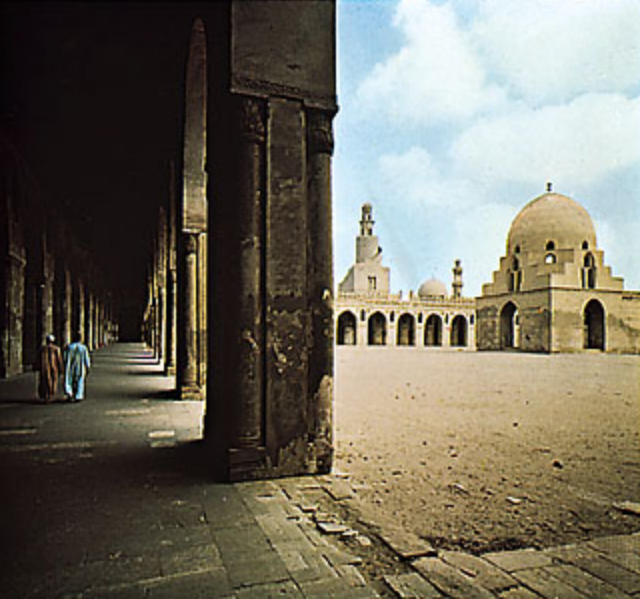Place image

It is also the 19th largest city in the world, and among the world's most densely populated cities. On the Nile river, Cairo is famous for its own history, preserved in the fabulous medieval Islamic city and Coptic sites in Old Cairo. ... Since the revolution in 2011, the tourists have fled Cairo to a large extent. No visit to Cairo would be complete without a day trip to the Pyramids of Giza, perhaps the most famous ancient site in all of Egypt. Located approximately 20 kilometers west of the city center, the Giza pyramid complex comprises the Pyramid of Khafre, the Pyramid of Menkaure, and the Great Pyramid of Khufu. Cairo became an important centre of Islamic learning. ... Under the iconic Nasser, Cairo developed into a modern metropolis with Egyptians from all over the country pouring in. It eventually became the largest city in the Islamic world, and one of the biggest in Africa. Egypt’s capital, holds the special distinction of being home to the only one of the Seven Wonders of the Ancient World still standing: the Great Pyramid, completed around 2540 B.C. It’s part of a six-pyramid complex just outside the city on the Giza Plateau.
Not quite as old, the nearby Citadel was built on a hill by the caliph who defeated the invading Crusaders in the 12th century. The Citadel is famous for its views over Cairo, as well as for being the site of the grand Mohammed Ali Mosque. Built in the 1800s, the mosque is one of the first buildings visible when approaching the city. With its Ottoman-influenced architecture, the mosque resembles the Blue Mosque of Istanbul, another monument of Islam.
The history of Christianity in Egypt dates to just a few decades after Jesus died. During the Roman era, St. Mark is believed by scholars to have come to Alexandria to spread the gospel through Egypt. Cairo’s oldest area is the Coptic Christian area, which has five churches, the first mosque built in Egypt, the oldest synagogue in the country, and the ruins of Roman fortifications. Built on an old Roman fortress, the Hanging Church (so named because the nave was built between the ruins of two towers) has 110 religious icons; the oldest dating back to the eighth century.
Nile River is the longest river in the world, called the father of African rivers. It rises south of the Equator and flows northward through northeastern Africa to drain into the Mediterranean Sea. It has a length of about 4,132 miles (6,650 kilometres) and drains an area estimated at 3,349,000 square kilometres. Its basin includes parts of Tanzania, Burundi, Rwanda, the Democratic Republic of the Congo, Kenya, Uganda, South Sudan, Ethiopia, Sudan, and the cultivated part of Egypt. Its most distant source is the Kagera River in Burundi.
Further Reading
https://www.sahistory.org.za/.../egyptair-flight-990-bound-cairo-new-yorks- kennedy-airport-plunges-10-000m-atlantic-ocean
https://www.sahistory.org.za/.../giuseppe-verdi039s-magnificent-opera-aida- has-its-world-premiere-cairo-egypt
https://www.sahistory.org.za/.../israel-and-palestine-liberation-organiz... signs-agreement-cairo-expand-palestinian-au
https://www.sahistory.org.za/.../giuseppe-verdis-magnificent-opera-aida-... its-world-premier-cairo-egypt-composer-was-co